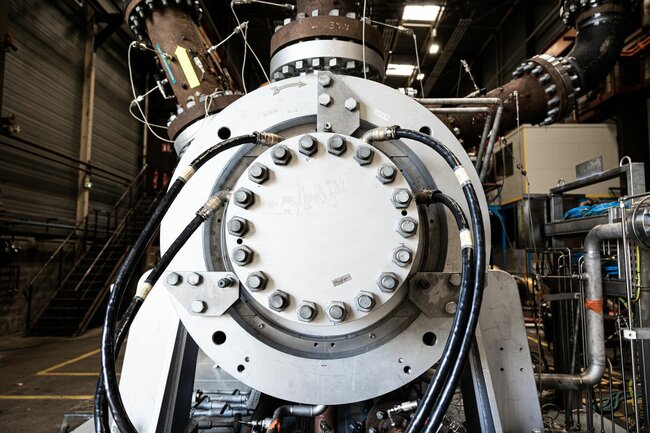Identify critical spares. Forecast usage. Minimize inventory and downtime cost.
Assessing spare part requirements is important when considering the availability of a system and deciding the optimum maintenance task. A structured approach to spare parts analysis, enables an organization to perform planned and corrective maintenance, while mitigating excess inventory and system downtime costs. Our comprehensive approach enables you to produce accurate spares holding level recommendations at each storage location and supports integration with your work management system through the ability to catalog spares and bill of materials. You can gain visibility into the contribution of spares in relation to the overall lifecycle cost.
The result is spare part holding levels that support operations and take into account:
- How often is a part likely to fail?
- What is the cost of the downtime if a part is attached to a critical piece of equipment?
- What is the unit cost of a spare part?
- What is the lead time to obtain a spare?
- Is this part likely to fail at any time throughout its lifecycle or is it only likely to fail at the end of its life
Are you experiencing any of these challenges?

Pressure to reduce inventory while maintaining operational readiness
Reliability and maintenance teams often face pressure to minimize spare parts inventory to free up capital, which can lead to stockouts and prolonged downtime during critical failures.

Spares-related delays in restoring production
Insufficient or mismanaged spare parts inventory can result in significant delays when equipment failures occur, directly impacting production targets and revenue.

Challenges in justifying increased holdings for critical spares
Teams struggle to balance the financial burden of holding critical spares with the need to manage asset reliability, often lacking the data to quantify the risk of not having them on hand.
Coal terminal increases availability with spares optimization project

A coal terminal had three ship loaders in service. The telechutes on these ship loaders were programmed for change-out after a minimum of 125 million tonnes in service, depending on wear; and the business currently stocked one spare telechute onsite.
The business sought to investigate the risks associated with the current spare stock level and, if warranted, develop a business case to justify the purchase of an additional telechute to act as a spare for the ship loaders.
How we help

As part of our project methodology, each asset can have a BOM assigned. Spares applicable for the asset can be assigned to the BOM. BOM's can be further assigned a type for ease of management, manipulation, and analysis.

Depending on where they are stored and availability, spares can cause delays in performing corrective actions, leading to excessive system downtime. Our approach quantifies and identifies key risk areas for further analysis and improvement.

The available spares for an asset is defined in the BOM. Each corrective and planned maintenance task may use a single, or multiple, spare. By simulating the maintenance strategy for a project over a chosen lifetime, you can forecast the number and cost of spares required for both planned and unplanned maintenance.

Spares can also be ranked in order of their importance to project safety, environment, availability and/or cost, supporting the prioritization of critical spares analysis and improvement.


